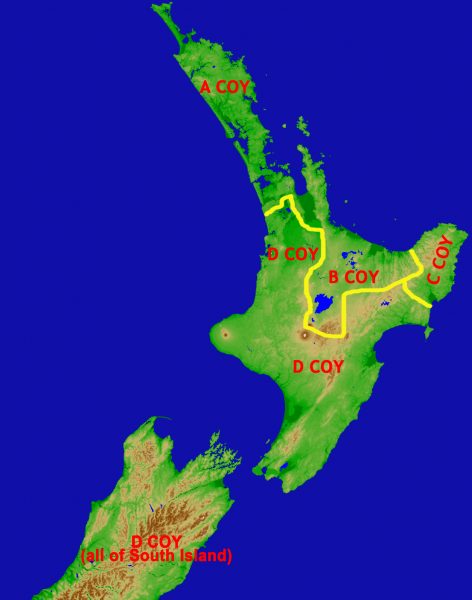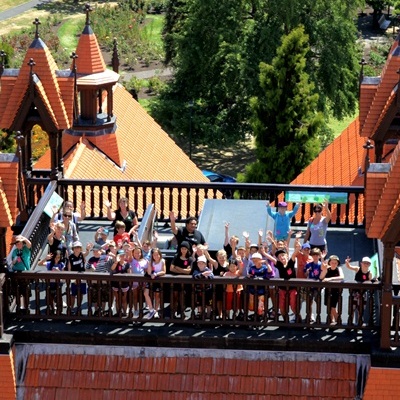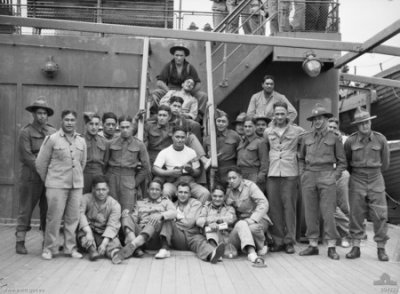Discovery Zone
DISCOVER - 28th Māori Battalion Brave WWII Soldiers
Always onVenue: Fun at Home!
Find out more about these brave soldiers who went away to fight in World War II. Suitable for Year 1 – 10.
The 28th Māori Battalion were group of infantry (fighting) soldiers who fought in World War II from 1940 – 1945. They were sent to North Africa, Italy, Greece and Crete to fight as part of the New Zealand Army.
This group of soldiers were further divided up into four companies (groups) based on where they lived or where their iwi or hapu (Māori tribe) was from.
A Company included the upper North Island which was Northland and Auckland.
C Company was the area on the East Coast which included places like Te Kaha and Gisborne.
D Company included the Waikato, King Country, Taranaki, Manawatū, Hawke’s Bay, Wellington and the entire South Island.
B Company was the whole Bay of Plenty including Thames-Coromandel, Taupō and of course Rotorua. They were known as ‘The Penny Divers’, as a reference to the children from Whakarewarewa who dived from the entrance bridge for pennies.

The story of the Māori Battalion begins in 1939. As war loomed Māori leaders such as Sir Apirana Ngata urged the New Zealand government to form a Māori unit.
The first echelon (group) left Wellington on 1st May 1940.
Known for their courage and bravery the battalion received new recruits as World War II raged on. Like all soldiers who fought in the armed forces for New Zealand they were commended for their sacrifice and are remembered every year on ANZAC Day, 25 April.
After the war was over the 28 Māori Battalion ceased to exist. It lives in legend, having suffered the highest casualty rate of any battalion in the New Zealand Division.
Of 3,578 men who served in 28 Māori Battalion, 640 did not return home. One man in six was killed.
Facts:
- World War II was a global war that lasted from 1939 to 1945. It involved the Allies and the Axis forces. More than a 100 million people were directly involved from more than 30 countries
- New Zealand fought on the side of the Allies which included Australia, the United Kingdom, Canada, the United States of America as well as other countries
- The opposite Axis Forces mainly comprised of Nazi Germany, Italy and Japan
- A pinnacle in the desert of Tunisia called Takrouna was the site of bitter fighting in May 1943. Rotorua man, Lance Sergeant Haane Manahi fought with distinction, receiving a VC (amended to DCM).
- The battalion was involved in the battle for Italy from September 1943
- Tasked with the capture of the railway station at Cassino in February 1944, the Māori Battalion suffered huge losses. Captain Monty Wikiriwhi received the Military Cross for his actions.
- German forces in Italy surrendered on May 2nd 1945
- The battalion arrived in Wellington on 23rd February 1946. Trains carried soldiers to welcoming marae throughout the country
Here is a great activity suitable for Year 1 – 8 students:
Design a medal using this activity sheet that you would give to a soldier from the 28 Māori Battalion or from another part of the New Zealand Army.













